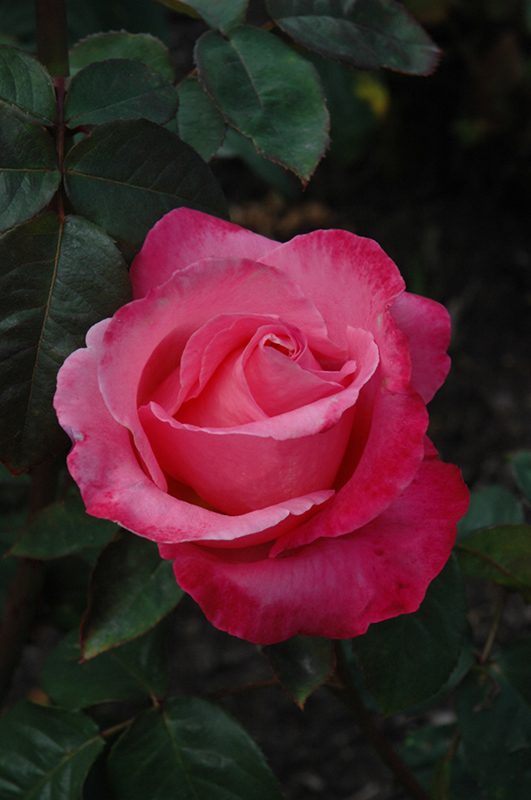VANDERMEER
PLANT LIBRARY
Find the perfect plant for your space by browsing through this extensive selection that we typically carry every year.
This library is for information purposes only.
Height: 5 feet
Spread: 5 feet
Sunlight:
![]()
Hardiness Zone: 6b
Group/Class: Hybrid Tea Rose
Description:
Long tubular buds open to exquisitely formed blooms that are intense shades of pink; produces an enormous amount of cut flowers in a season; very disease resistant plants are upright with dense slate green foliage as a background
Ornamental Features
Marijke Koopman Rose features showy double pink flowers with hot pink overtones at the ends of the branches from late spring to early fall. The flowers are excellent for cutting. It has grayish green deciduous foliage. The oval compound leaves do not develop any appreciable fall colour.
Landscape Attributes
Marijke Koopman Rose is a multi-stemmed deciduous shrub with an upright spreading habit of growth. Its average texture blends into the landscape, but can be balanced by one or two finer or coarser trees or shrubs for an effective composition.
This shrub will require occasional maintenance and upkeep, and is best pruned in late winter once the threat of extreme cold has passed. It is a good choice for attracting bees to your yard. It has no significant negative characteristics.
Marijke Koopman Rose is recommended for the following landscape applications;
- Accent
- Mass Planting
- Hedges/Screening
- General Garden Use
Planting & Growing
Marijke Koopman Rose will grow to be about 5 feet tall at maturity, with a spread of 5 feet. It tends to fill out right to the ground and therefore doesn't necessarily require facer plants in front, and is suitable for planting under power lines. It grows at a fast rate, and under ideal conditions can be expected to live for approximately 30 years.
This shrub should only be grown in full sunlight. It does best in average to evenly moist conditions, but will not tolerate standing water. It is not particular as to soil type or pH. It is highly tolerant of urban pollution and will even thrive in inner city environments. This particular variety is an interspecific hybrid.





